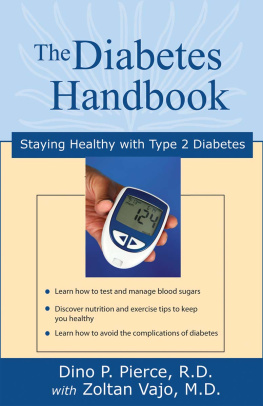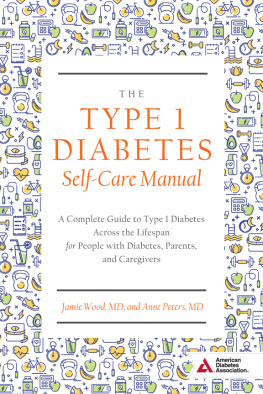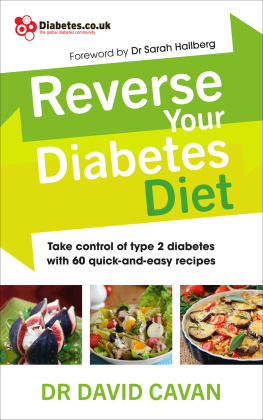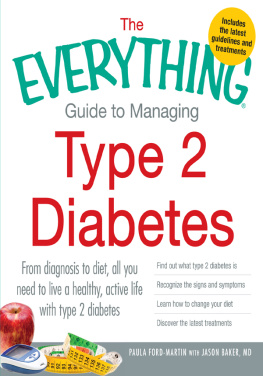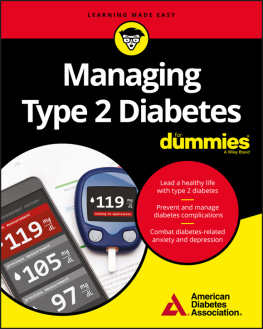Copyright 2017 by Martha McKittrick
No part of this publication may be reproduced, stored in a retrieval system, or transmitted in any form or by any means, electronic, mechanical, photocopying, recording, scanning or otherwise, except as permitted under Section 107 or 108 of the 1976 United States Copyright Act, without the prior written permission of the publisher. Requests to the publisher for permission should be addressed to the Permissions Department, Rockridge Press, 918 Parker St., Suite A-12, Berkeley, CA 94710.
Limit of Liability/Disclaimer of Warranty: The publisher and the author make no representations or warranties with respect to the accuracy or completeness of the contents of this work and specifically disclaim all warranties, including without limitation warranties of fitness for a particular purpose. No warranty may be created or extended by sales or promotional materials. The advice and strategies contained herein may not be suitable for every situation. This work is sold with the understanding that the publisher is not engaged in rendering medical, legal, or other professional advice or services. If professional assistance is required, the services of a competent professional person should be sought. Neither the publisher nor the author shall be liable for damages arising herefrom. The fact that an individual, organization, or website is referred to in this work as a citation and/or potential source of further information does not mean that the author or the publisher endorses the information the individual, organization, or website may provide or recommendations they/it may make. Further, readers should be aware that Internet websites listed in this work may have changed or disappeared between when this work was written and when it is read.
For general information on our other products and services or to obtain technical support, please contact our Customer Care Department within the United States at (866) 744-2665, or outside the United States at (510) 253-0500.
Rockridge Press publishes its books in a variety of electronic and print formats. Some content that appears in print may not be available in electronic books, and vice versa.
TRADEMARKS: Rockridge Press and the Rockridge Press logo are trademarks or registered trademarks of Callisto Media Inc. and/or its affiliates, in the United States and other countries, and may not be used without written permission. All other trademarks are the property of their respective owners. Rockridge Press is not associated with any product or vendor mentioned in this book.
Interior photography: Stockfood/People Pictures, ; Front cover photography: StockFood/People Pictures
ISBN: Print 978-1-62315-833-0 | eBook 978-1-62315-834-7
To everyone living with diabetes
CONTENTS
INTRODUCTION
A diagnosis of diabetes can be frightening. You may be in a state of shock and vaguely hear your doctor talk about blood sugar numbers, blood testing, medications, and potential complications. For many people, their thoughts immediately turn to food. After all, eating is one of lifes greatest pleasures. As a certified diabetes educator, the first questions my patients usually ask me are, What can I eat? Will I have to cut out my favorite foods? Are bread, pasta, and sweets off-limits forever? How will I cook for my family if I have to be on a special diet?
The changes you have to make might feel overwhelming. Conflicting advice from friends and the media can make things even more confusing. But heres the good news: Type 2 diabetes is manageable. Best of all, you will still be able to eat your favorite foods. And yes, that does include bread, pasta, and sweetsin moderation, of course! The Type 2 Diabetic Cookbook and Action Plan is here to help you. We will give you step-by-step guidance on tackling the diet and lifestyle changes that can help you manage type 2 diabetes. So... take a deep breath and read on.
The main goal of type 2 diabetes treatment is to effectively manage your blood sugar through food choices and physical activity. Good blood sugar control is important in order to help prevent complications. While some people may need medications, the good news is that many people can manage their diabetes with lifestyle changes alone. That includes losing weight if you are overweight, exercising regularly, and eating a healthy diet.
In the past, diabetic diets were very restrictive. Thirty years ago, when I first started counseling patients with diabetes, I remember advising them to avoid sugar and all desserts and to follow a rigid exchange type plan. Food was divided into six different groups, or exchange lists. Each exchange list contained foods with about the same amount of carbohydrate, protein, fat, and calories. For example, for breakfast you might be allowed one fruit exchange, two bread exchanges, one milk exchange, one meat exchange, and one fat exchange. While this system can be helpful for meal planning, it can also be somewhat inflexible.
But times have changed! While you will probably need to make some changes in what you are eating, you will have the flexibility to include the foods you enjoy. Adjusting to a new relationship with food can be challenging, and were here for you every step of the way. We want to make it easy, so you dont feel overwhelmed. Thats why weve taken the guesswork out of what to eat to manage your diabetes.
Here is what you will find in this book as we guide you through the first three months:
Month 1: Learn the basics of a healthy diet and how foods affect your blood sugar and overall health. Get the lowdown on carbohydrate counting and the glycemic index/load. Best of all, use the very clear instructions for two weeks of meal plansincluding detailed shopping lists.
Month 2: Focus on physical activity and stress management, as they play key roles in blood sugar management. Get more details on nutrition, mindful eating, and weight-loss tips. Stock your kitchen and get ready to prepare diabetes-friendly meals.
Month 3: Get practical tips for dealing with diabetes mentally and emotionally. The tips include guidance for social situations, dining out, and troubling moments, as well as other support.
When you have type 2 diabetes, you become a member of a team. Your doctor, nurse, dietitian, certified diabetes educator, pharmacist, psychologist, podiatrist, and other specialists are all working to help you. Its important that you discuss with your team your treatment goals and how to achieve them. Diabetes is not a one-size-fits-all condition, and you need a care plan tailored for you.
Diabetes is not a doomsday diagnosis. On the contrary, Ive had many patients tell me that getting diagnosed helped them take better care of themselves. Theyve lost weight and feel more energetic and healthier overall. Play an active role in your own health and take charge of your diabetes!




